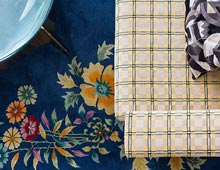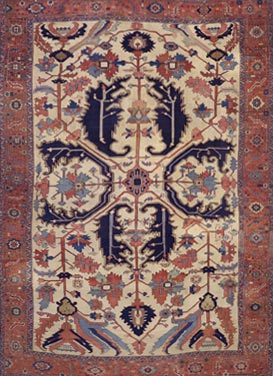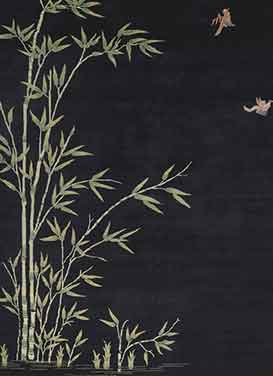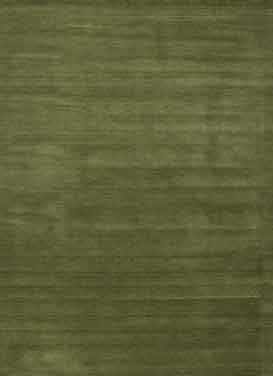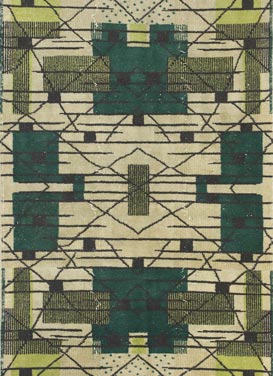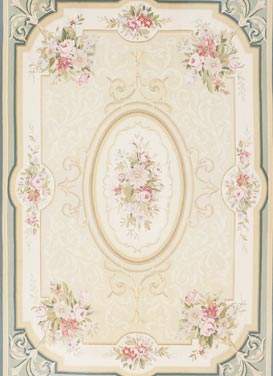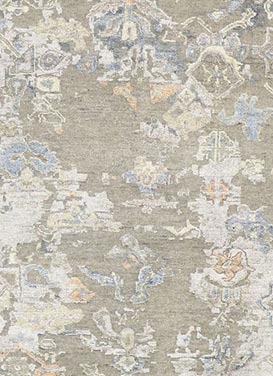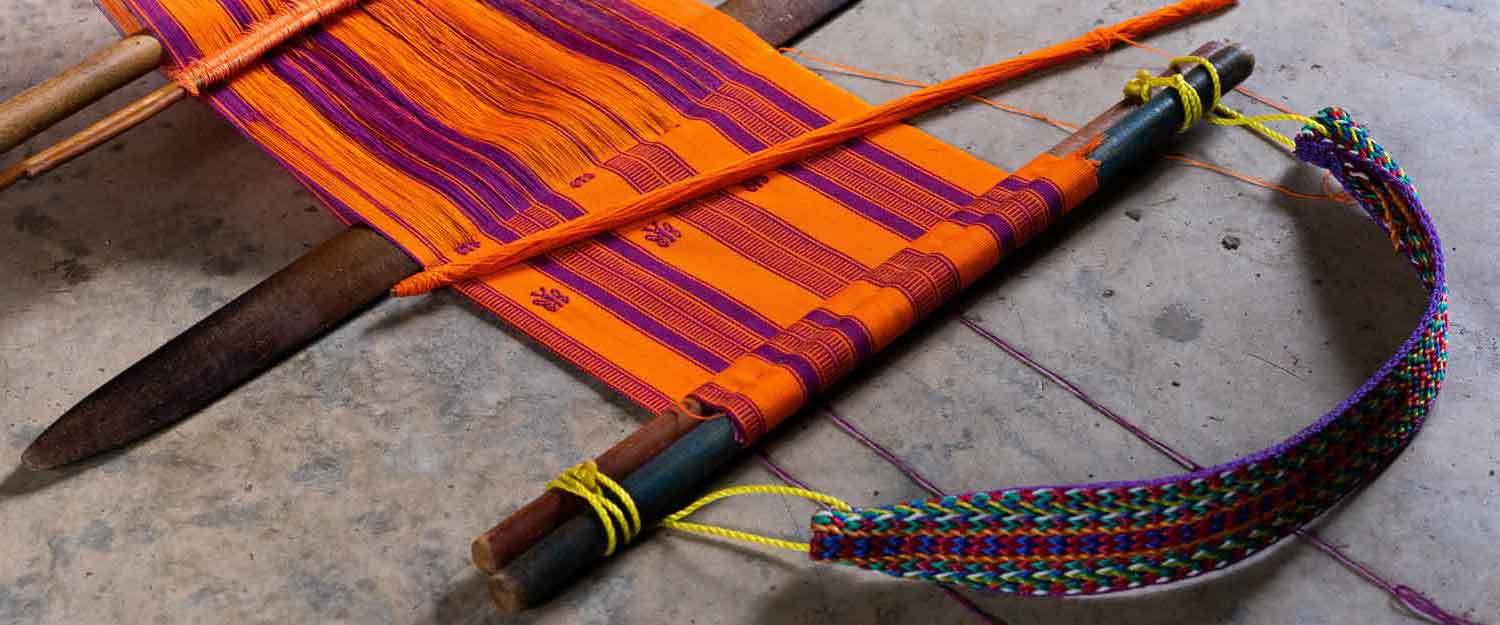
Modern Mexico Rugs Collection | Decoraction Mexicana Con Alfombras, Tapis, Serapes
Mexican Rugs & South America Textiles Home Decor
Mexican rugs from Esmaili in Dallas can inspired a home anywhere. Exquisite craftsmanship and rich art from Mexico, our vintage and antique carpets are bursting with captivating designs. Color, color, color, and then just for fun, a little more color! From bold and colorful Maximalist style to Modern Mexican Minimalist interiors, our Mexico Rug Collection has it all.
Popular Designs from our Mexican Rugs Collection
- Mayan Mythology
- Aztec Gods
- Inca Gods
- Zapotec Pictorials
From Saltillo tile and talavera to austere elegance and rustic charm, Esmaili's Rug Collection beautifully complements Mexican villas, bucolic Mediterranean chateaus, Modern adobes, and Hacienda ranch homes. Reflecting facets of a sun-drenched canyons with rich and warm natural hues, journey through our Distressed Rug Collection for timeless elegance and calm sophistication. Whether your prefer traditional Spanish hacidena architecture, Mexican coastal resort style, or love the rich culture of Mexico yet desire minimalism, Esmaili is one of the best antique rug stores in Dalllas and the DFW Metroplex.
Discover Artisanal Textiles of Central to Southern Mexico
Unearthed in the northern part of Mexico, the earliest remnants of Mexican textiles date back to 1800 BCE and consist of woven chichicaste fiber, a type of durable, vegetable fiber similar to linen. In ancient Mesoamerican cultures, farmers used vegetable fibers to make clothing, blankets and rugs while priests and nobles used softer, more valuable cotton to make clothing and household items. Woven on back strap looms, vintage Mexican textiles included clothes decorated with embroidery (silver or gold threads, feathers or shells) and gorgeous wall hangings embellishing palaces and temples.
Pre-colonial Mexican societies derived dyes for textiles from vegetable and animal sources. For example, the vibrant reds you see in Mexican rugs collection online came from an insect living in prickly pears called the grana cochinilla. By the end of the 16th century, Turkey and China, enamored of the quality of the dye, imported the dye to use in their own textiles. However, the grana cochinilla dye could only be used on wool because it would not remain in cotton.
Deep blue hues found in vintage Mexican textiles and rugs came from the indigo plant (indigofera). Growing in the sandier, drier climates of Mexico, indigo plants require precipitation and infusion to produce this beautiful dye. In Oaxaca, a small town called Niltepec still produces indigo dye today as their ancestors did centuries ago. In the western part of Mexico, people used to collect a type of snail living in the Pacific Ocean to extract a substance that, when oxidized, turned purple. The extraction process involved snail collectors blowing into the snail to expel a colorless fluid that first turned yellow, then purple. This dye can only be applied to natural cotton since synthetic cotton undergoes chemical processes inhibiting fixation of the color.
Zapotec Rugs Oaxaca Wool Handwoven Works of Art
Whether placed on the floor or hung on the wall, Zapotec rugs can help create a global look from around the world! Used as wall hangings or simply thrown over a couch in southwester decor, Zapotec rugs and textiles are so versatile! These handwoven works of art are also used for upholstering chairs, pillows, and cushions. With it's heirloom aesthetic and pop of color, this antique Suzani textile will seamlessly blend into a variety of interiorsCheck out our curated Zapotec selection for one-of-a-kind handmade pieces from Esmaili Rugs in Dallas. For over two millennia, the Zapotec Indians have been weaving rugs and other textiles on backstrap tension looms. Eventually destabilized by numerous invasions, the Zapotec Indians became subjects of the Aztec and Mixtec empires. Rulers revered the weaving skills exhibited by the Zapotecs and expected them to regularly pay tribute to their kingdoms with handmade textiles. Eventually, Spaniards invaded Mexico and brought sheep wool, the spinning wheel and the fixed frame pedal loom to Zapotec weaving culture. Today, a vintage Mexican rug collection may contain modern Zapotec rugs and textiles since this Indian tribe (now living in Teotitlan de Valle) continues to create Mexican textiles traditionally, using natural dyes and 100 percent wool.
Get the Look with Hand-Crafted Modern Mexican Textiles from Tapestries to Serape Blankets From Mexico.




